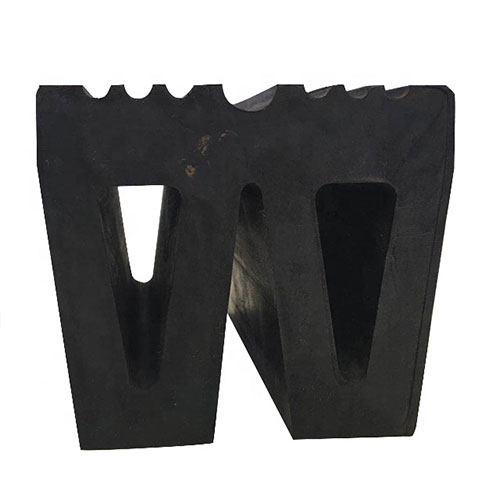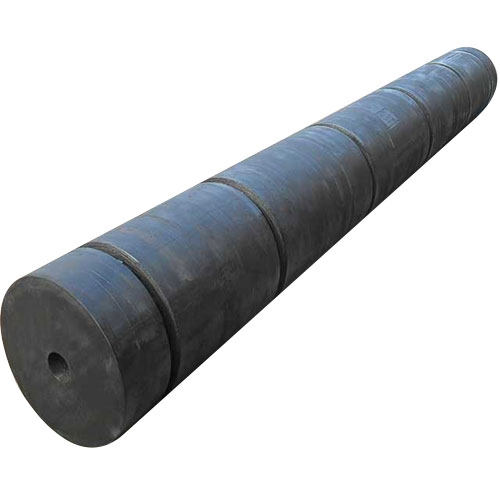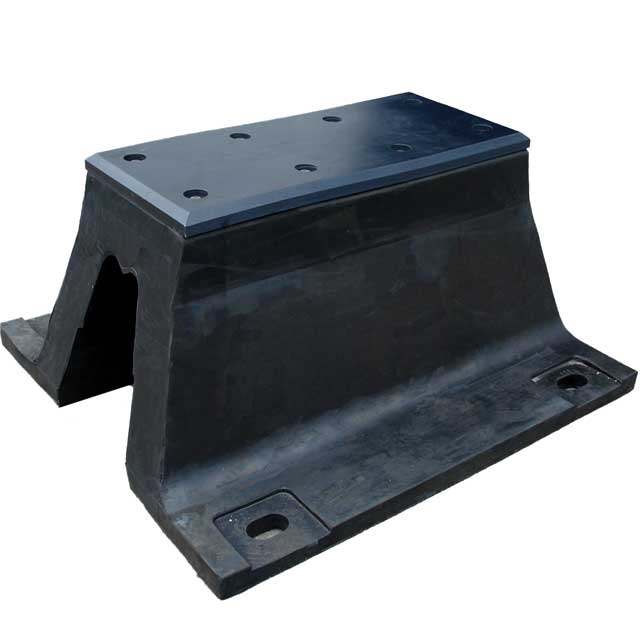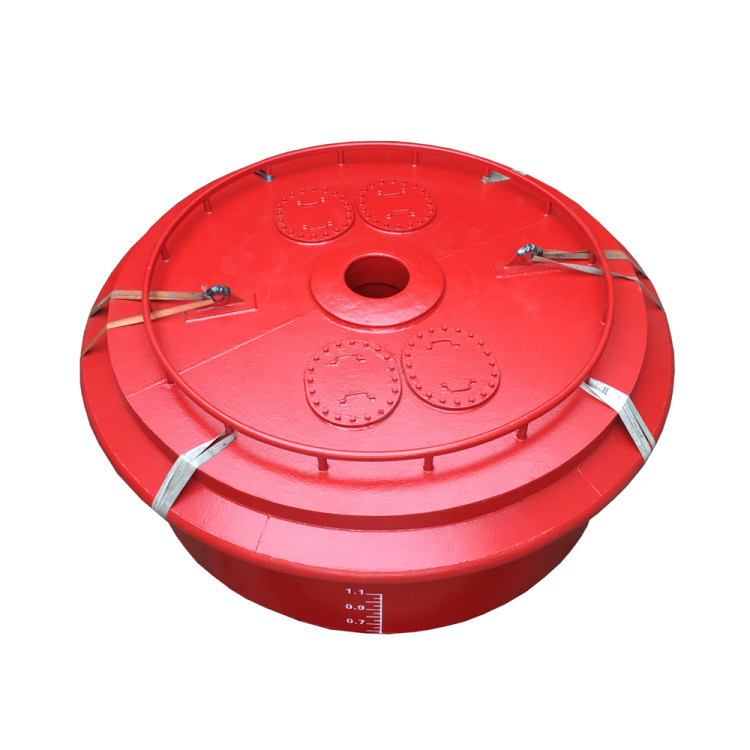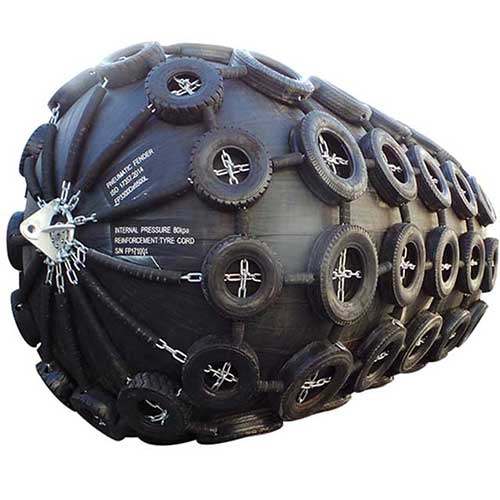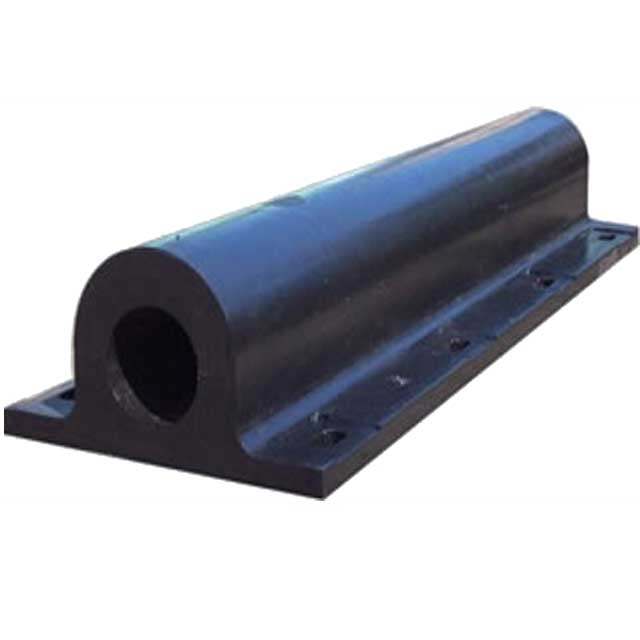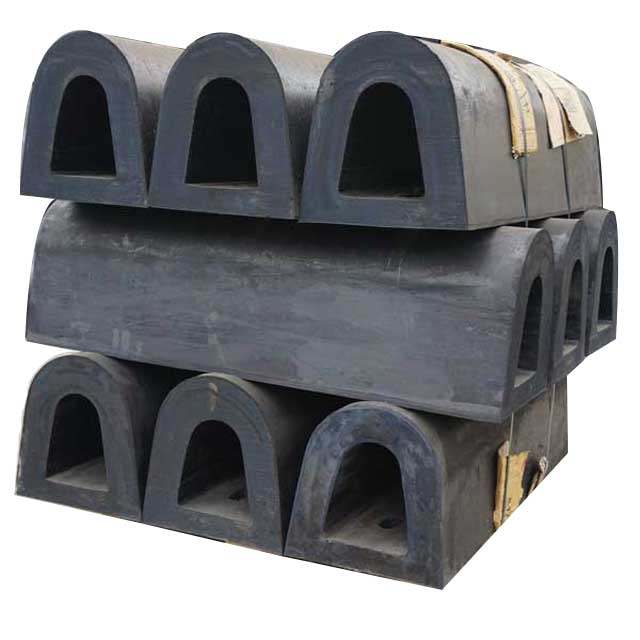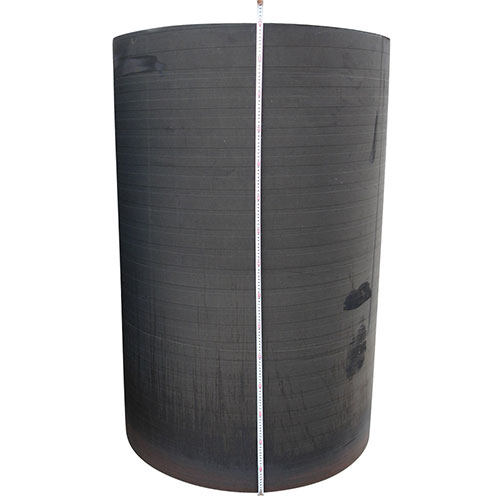Maintenance-free Solutions for Rubber Fenders
Rubber fenders are important parts of marine infrastructure as they act as a pliable barrier between vessels and docks, piers, or other ships. Regular checking, repairing and maintaining of traditional rubber fenders is important. This takes time and is often expensive. Therefore, maintenance-free rubber fenders are more and more common in the marine industry. They are durable and more efficient, which is beneficial for long term cost reduction.
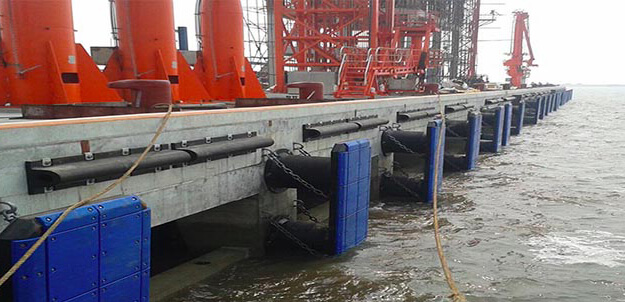
Table of Contents
Understanding the Functions of Rubber Fenders
From ships and other vessels, rubber fenders get the kinetic energy and defend port facilities from being damaged. They are common in harbors, ports and offshore platforms. Conventional fenders do work, but they tend to get damaged from salt water corrosion, UV light, and physical stress, which are all common in marine areas. This is a very expensive problem for port owners and quarter masters of ships.
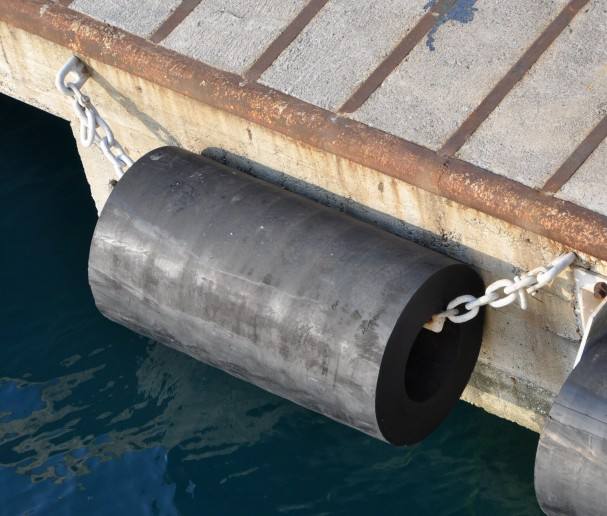
What are Maintenance-free Rubber Fenders
Maintenance-free rubber fenders are engineered in a way to minimize the inspections and repairs which are needed. This is all due to the innovated and enduring protective materials and structure designs. Unlike traditionally used rubber fenders, these alternatives and new innovations are designed to last in harsh environments and conditions for a long time without the need for tune-ups.
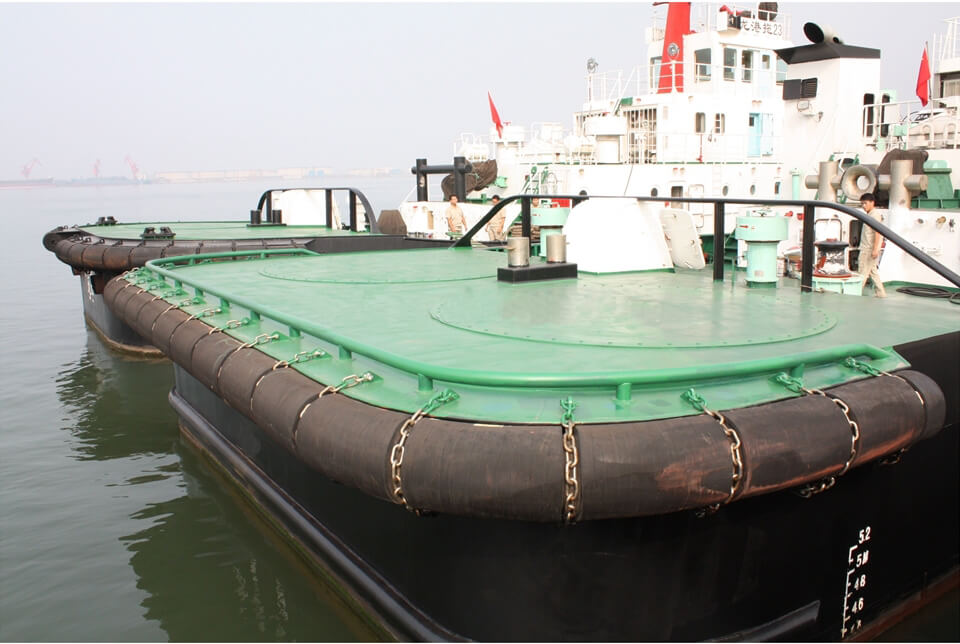
Key Aspects of Maintenance-free Solutions for Rubber Fenders
Unlike conventional rubber fenders that require regular inspections and repairs, maintenance-free solutions work with equal efficiency, durability, and safety, all of which require no upkeep. Ports, marinas, and offshore facilities seeking optimal solutions for their budget and reliability will benefit from understanding the most important features of these fenders.
1. Durable and High-Quality Materials
One of the most basic rubber fenders with maintenance-free solutions employs exceptionally durable and high quality rubber compounds. Such compounds are specifically designed to withstand mechanical abrasion, ultraviolet radiation, and the corrosive effects of salts in sea water. Such fenders will still retain their full energy absorption capacity, which aids in the deformation and failure reduction of the fenders during berthing operations. Along with flexibility and elasticity, the robustness of the rubber guarantees dependable service for many years with minimal maintenance.
2. Corrosion-Resistant Reinforcements
Many maintenance-free fenders utilize either steel or synthetic reinforcements to improve the structure and retention of shape. The harsher marine areas have treated or coated constituent elements to prevent corrosion. Reinforcements with no corrosion assist in the retention of the fender’s structure to withstand repeated impacts, which contributes to the service life and reduction of maintenance for the fender.
3. Advanced Structural Design
Innovative structural approaches in maintenance-free fender designs such as cellular, cone, or cylindrical formation, greatly diminish stress on vessels during berthing. This, in turn, helps in preventing possible damage. In addition, some fenders possess self-adjusting elements that improve structural equilibrium as well as energy shielding. In turn, this enhances overall fender performance, energy absorption, and structural stability through rigid fendering. Overall, reduced need for inspections or repairs clearly indicates application of advanced design principles.
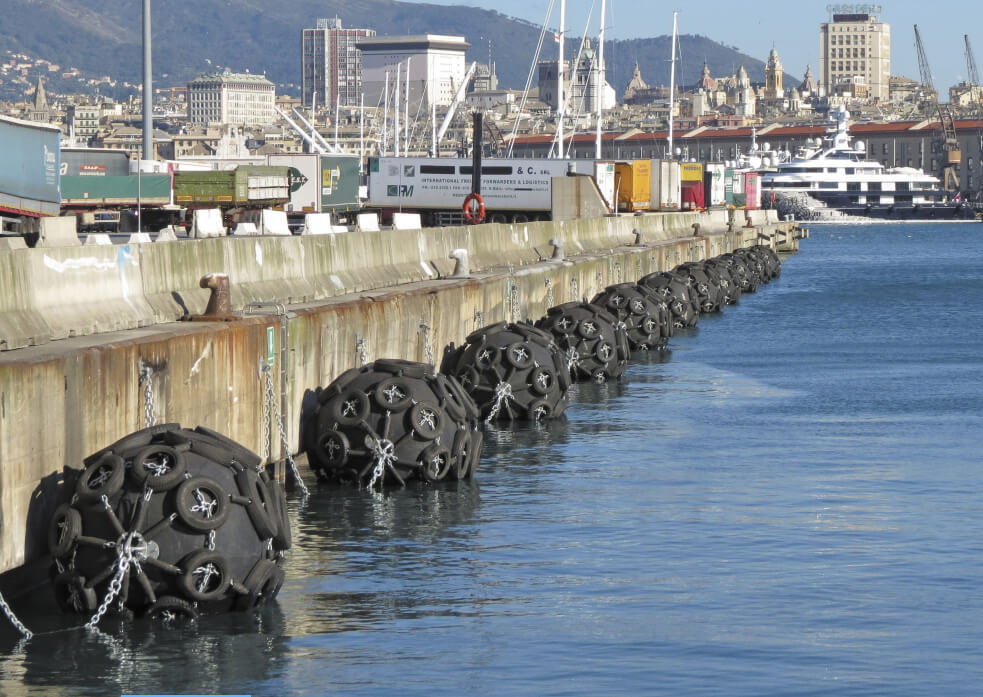
4. Environmental Protection Features
Protective surface treatments are a key aspect of maintenance-free fenders and thus they do not require frequent repairs as they withstand biofouling, ultraviolet (UV), and other chemical exposures. This helps maintain their intended function and looks aesthetics overtime. Portsmouths and marinas effectiveness increase due to reduced need for minor touch ups as overall environmental protection features save on frequent cleaning.
5. Operational Safety and Reliability
Maintenance-free fenders combine reliable impact absorption and energy shielding through the use of steadfast fendering materials, structural reinforcements resistant to corrosion, combination of fendering surfaces as well as the reasonably advanced designs. All of this improves the operational and overall safety for vessels and their crew. Maintenance free fenders versatility coupled to rigid fendering adds to safety due to predict performance capability, which helps reduce the damage to port infrastructure and other vessels which is crucial in busy ports and offshore installations.
6. Cost Efficiency Over Lifespan
While it is true that maintenance-free rubber fenders may have a higher initial cost than traditional fenders, over time, they have much lower cost when compared over a longer time span. Lower maintenance frequency, repairs, and longer service life all contribute to lower operational expenses. This is especially true for ports, marinas, and offshore facilities, where maintenance-free fenders become a versatile and cost efficient solution.
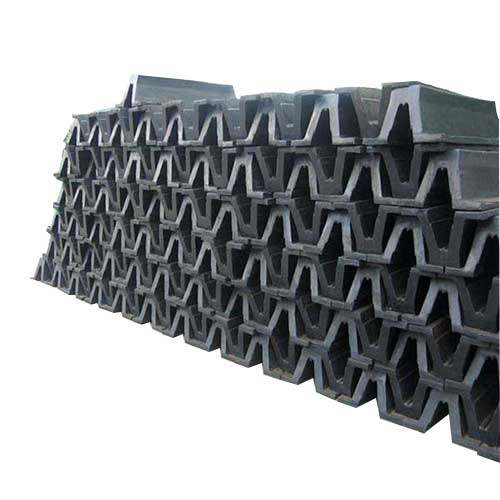
Applications of Maintenance-free Rubber Fenders in the Marine Industry
| Application | Description | Benefits of Using Maintenance-Free Fenders |
| Commercial Ports | Used at berths handling large cargo, container, and tanker ships. | Reduces maintenance downtime, protects vessels during frequent docking, and lowers operational costs. |
| Offshore Platforms | Installed on oil rigs, wind farms, and other offshore facilities. | Withstands harsh sea conditions, minimizes inspection needs, and ensures reliable energy absorption. |
| Marinas and Yachting Docks | Protects smaller recreational vessels and yachts. | Maintains appearance and function with minimal upkeep, ensuring safety for leisure craft. |
| Ship-to-Ship Transfer Operations | Used between vessels during close maneuvering for cargo or fuel transfer. | Provides consistent energy absorption, reduces risk of impact damage, and improves operational safety. |
| Ferry Terminals | Installed at passenger ferry berths with frequent docking. | Enhances safety for passengers and vessels, reduces downtime, and lowers maintenance costs. |
| Military and Naval Ports | Protects naval vessels during berthing and training exercises. | Durable under heavy-duty use, reliable in all weather, and reduces maintenance burden. |
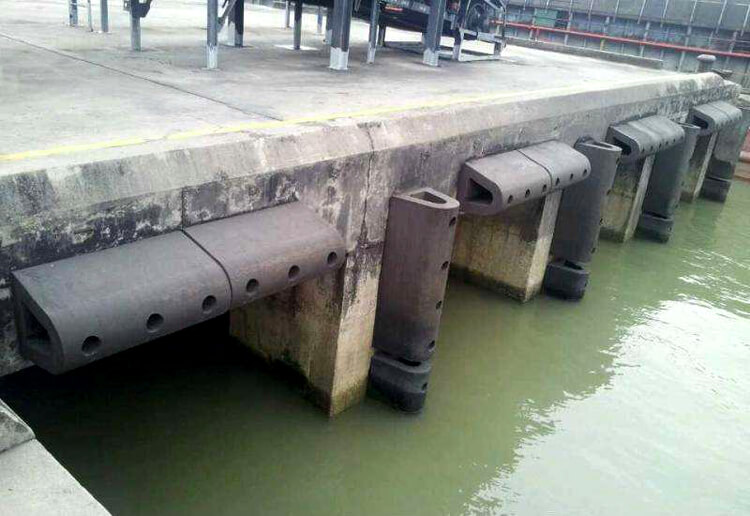
Challenges in Maintenance-free Solutions for Rubber Fenders
| Challenge | Description | Impact |
| High Initial Cost | Advanced materials and engineering designs increase upfront investment. | May deter some operators despite long-term savings. |
| Design Compatibility | Rubber fenders must match vessel sizes, berthing conditions, and impact energy. | Incorrect design selection can reduce performance and safety. |
| Extreme Impact Conditions | Very high-energy berthing or collisions may exceed fender capacity. | Could lead to damage, requiring occasional maintenance or replacement. |
| Material Limitations | Even advanced rubber compounds have limits under UV, temperature extremes, or chemical exposure. | Prolonged exposure to harsh conditions may degrade performance over time. |
| Limited Customization | Off-the-shelf maintenance-free fenders may not fit unique port or offshore requirements. | May require specialized solutions, increasing cost and lead time. |
| Monitoring and Inspection Needs | While maintenance is minimal, periodic checks may still be needed for critical infrastructure. | Neglecting inspections could lead to unnoticed damage and safety risks. |
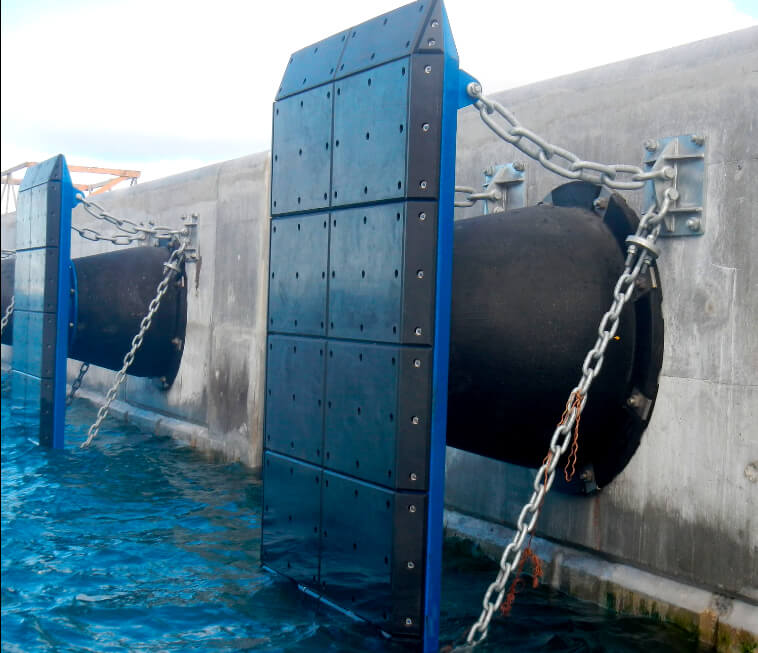
Future Trends in Maintenance-free Solutions for Rubber Fenders
1. Integration of Smart Technologies
One of the most significant trends is the incorporation of smart sensors into rubber fenders. Such sensors record and relay data on impact forces, deformation, and wear in real-time. Operators do not have to conduct manual inspections to obtain data and take action. Predictive maintenance is supported by smart fenders, which helps offshore and port facilities address issues before they emerge, thus lessening downtime and operational risk.
2. Development of Eco-Friendly Materials
Environmental sustainability is becoming a critical consideration in marine infrastructure. Future maintenance-free fenders will possibly incorporate rubbers made from sustainable constituents and even developed from reused materials while still maintaining high rigidity. These materials, produced from the fender’s life, reduce negative environmental impact and assist in global efforts in making marine operations more sustainable.
3. Customization for Specific Applications
Maintaining ports and offshore platforms comes in a multitude of sizes, operational demands, and different types of vessels, so it’s more important than ever to personalize an approach to each. The future of maintenance-free rubber fenders will propose the free maintenance options that satisfy berthing conditions of the highest efficiency, safety, and reliability, as well as the impact energies of said energies.
4. Enhanced Durability Against Harsh Conditions
To the extent that rubber technology has improved, research has been able to progress in fenders and has proven that next-generation maintenance-free fenders will perform more optimally than its predecessor. This means that these fenders will best meet the durability criteria, all while performing with the least possible maintenance in the harshest marine environments.
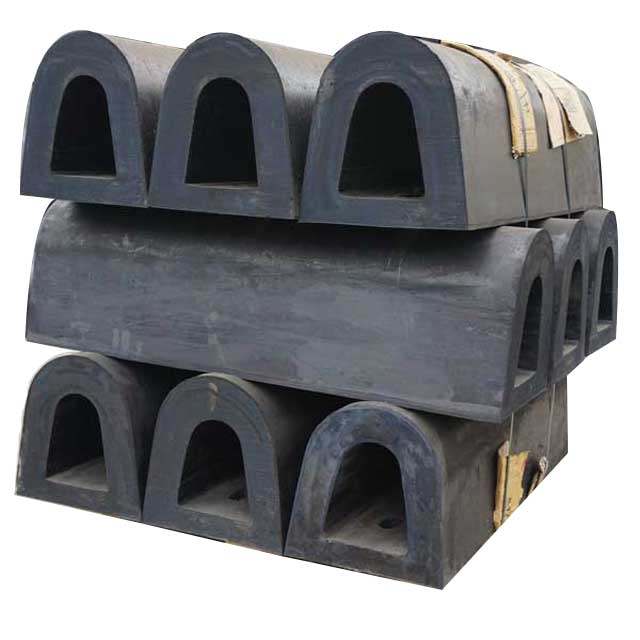
5. Integration with Automated Port Systems
Due to the development of automated ports and remote controlled fender management, maintenance-free fenders will be connected to the main frame of the ports, allowing for remote control fender management. Automated management will ensure centralized performance monitoring, instant feedback on fender functioning, and automated alarm systems to reduce human maintenance planning, thus streamlining operations.
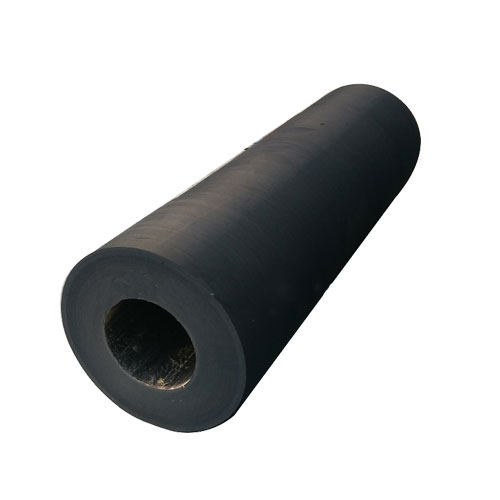
Summary
Maintenance-free solutions for rubber fenders in ports marks an important step in the improvement of marine safety and efficiency. Through combining reliable materials, maintenance-free mechanisms, and innovative designs, operational costs and safety risk associated with fender usage are greatly diminished. As ports and maritime activities continue to expand with complexity and scale, the need for maintenance-free rubber fenders and operational standards is rapidly becoming the norm for modern maritime framework.


